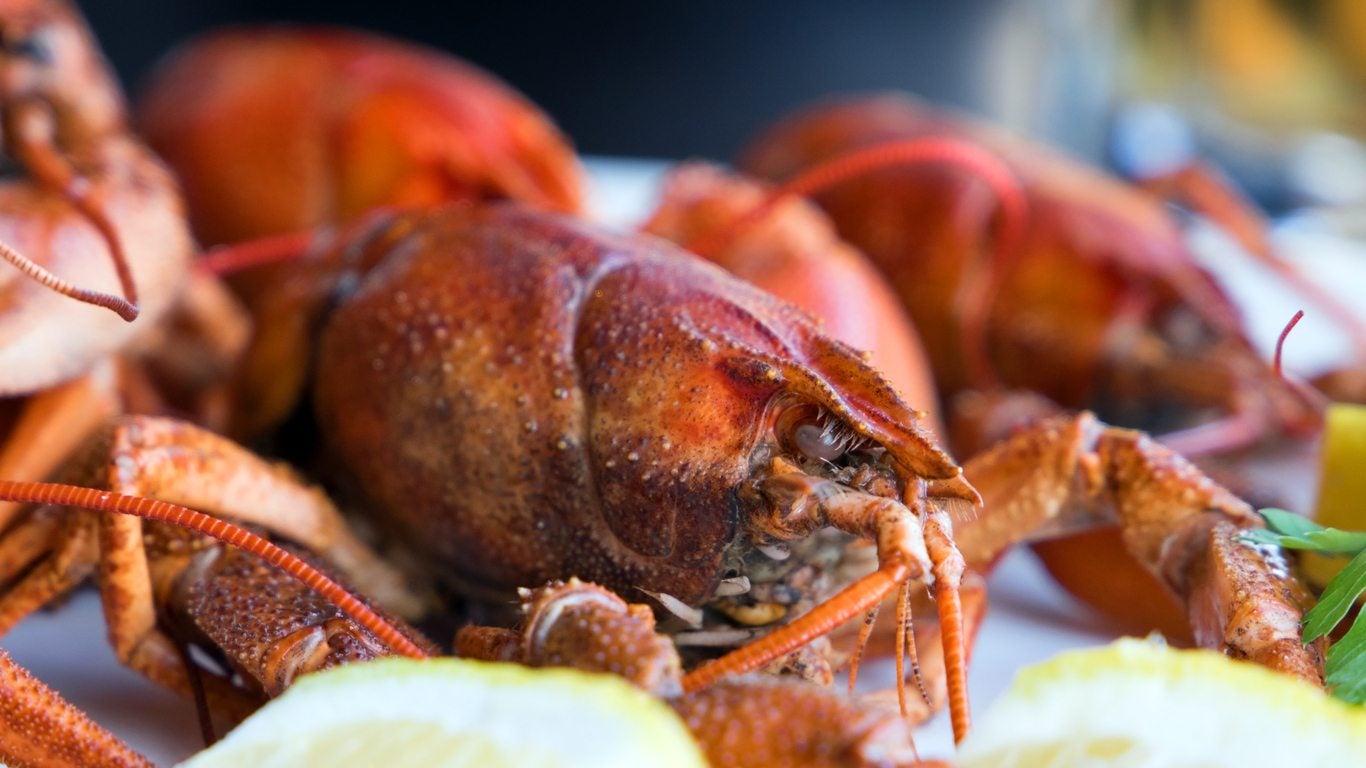Using Lobster Shells In The Garden: Learn How To Compost Lobster Shells


In Maine, where a majority of the U.S. lobsters are caught and processed, lobster producers have considered many ways to dispose of lobster byproducts. For example, a few professors and students at the University of Maine invented a biodegradable golf ball made from ground lobster shells. Named “Lobshot,” it was specifically created for golfers on cruise ships or boats, as it breaks down within a few weeks of being lobbed into water. Generally, though, lobster byproducts are legally dumped back into the ocean or used in the production of compost. Since the early 1990's, many lobster producers in Maine and Canada have jumped on the compost bandwagon.
Using Lobster Shells in the Garden
A home garden's compost pile will be localized and personalized by its gardener. In the Midwest, where everyone loves their lush green lawns, a gardener's compost pile will probably contain a lot of grass clippings; but in arid desert-like areas, grass clippings can be sparse in a compost pile. Coffee lovers, like myself, will have plenty of coffee grounds and filters to compost; but if you start each day with a healthy, homemade smoothie, your compost bin may contain a lot of fruit and vegetable peels. Likewise, in coastal areas where seafood is a common staple, naturally, you would find clam, shrimp, and lobster shells in compost bins. What you put in your compost bin is up to you, but the key to great compost is proper balance of nitrogen rich “greens” and carbon rich “browns.” In order for a compost pile to heat up and decompose properly, it should be comprised of about 1 part “greens” for every 4 parts of “browns.” In composting, the terms “greens” or “browns” doesn't necessarily describe colors. Greens may refer to grass clippings, weeds, kitchen scraps, alfalfa, coffee grounds, eggshells, etc. Browns may refer to pine needles, dry leaves, paper products, sawdust or wood shavings, etc. It is also very important to frequently turn and stir a compost pile, so it can evenly decompose.
How to Compost Lobster Shells
Like eggshells, lobster shells in compost bins are considered “greens.” However, because they breakdown slower than grass clippings or weeds, it is recommended that you grind or crush them before adding lobster shells to compost. You should also rinse lobster shells thoroughly before composting them to remove any excess salts. When mixed with grass clippings or yarrow, decomposition time can be sped up. Lobster shells add calcium, phosphates, and magnesium to compost piles. They also contain a carbohydrate called Chitin, which retains moisture and deters harmful insects. Calcium is important because it helps plants develop string cell walls and can help prevent blossom end rot and other vegetable diseases. Some plants that will benefit from the extra calcium from composted lobster shells include:
- Apples
- Broccoli
- Brussel Sprouts
- Cabbage
- Celery
- Cherries
- Citrus
- Conifers
- Grapes
- Legumes
- Peaches
- Pears
- Peanuts
- Potatoes
- Roses
- Tobacco
- Tomatoes
Gardening tips, videos, info and more delivered right to your inbox!
Sign up for the Gardening Know How newsletter today and receive a free copy of our e-book "How to Grow Delicious Tomatoes".
-
 8 Perfect Flowers To Plant With Tomatoes To Boost Yields & Banish Pests
8 Perfect Flowers To Plant With Tomatoes To Boost Yields & Banish PestsDon’t forget flowers when choosing companion plants for your tomato beds or pots. These pretty, fragrant blooms add beauty but are also highly beneficial.
By Mary Ellen Ellis
-
 Want The Longest Lasting Hydrangea Flowers? Grow These 8 Panicle Hydrangea Varieties
Want The Longest Lasting Hydrangea Flowers? Grow These 8 Panicle Hydrangea VarietiesFor ornamental shrubs that deliver the longest flowering seasons with plush blooms and delicate hues, these panicle hydrangea varieties are essential in your yard
By Tonya Barnett